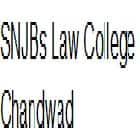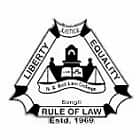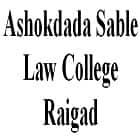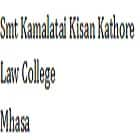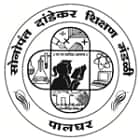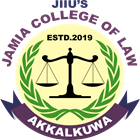Hurt and Grievous Hurt Difference
Section 319 of the Indian Penal Code 1960 deals with hurt and section 320 of IPC deals with IPC. According to IPC hurt in crime is divided into hurt and grievous hurt. Battery is the legal word for the actual infliction of a bodily injury in England and Wales. As a result, injury may be viewed legally as being comparable to battery. It is important to keep in mind that actus reus shares characteristics with homicide, and that there are numerous instances in which using force does not qualify as an actus reus. The Code addresses several types of hurt, including grave hurt, in sections 319 through 338.
This Story also Contains
- Meaning of Hurt
- Essentials to Constitute Hurt
- Meaning of Grievous Hurt
- Essentials to constitute Grievous Hurt
- Punishment for Grievous Hurt
- Various Provisions of Grievous Hurt under IPC
- Difference between Hurt and Grievous Hurt
- Conclusion
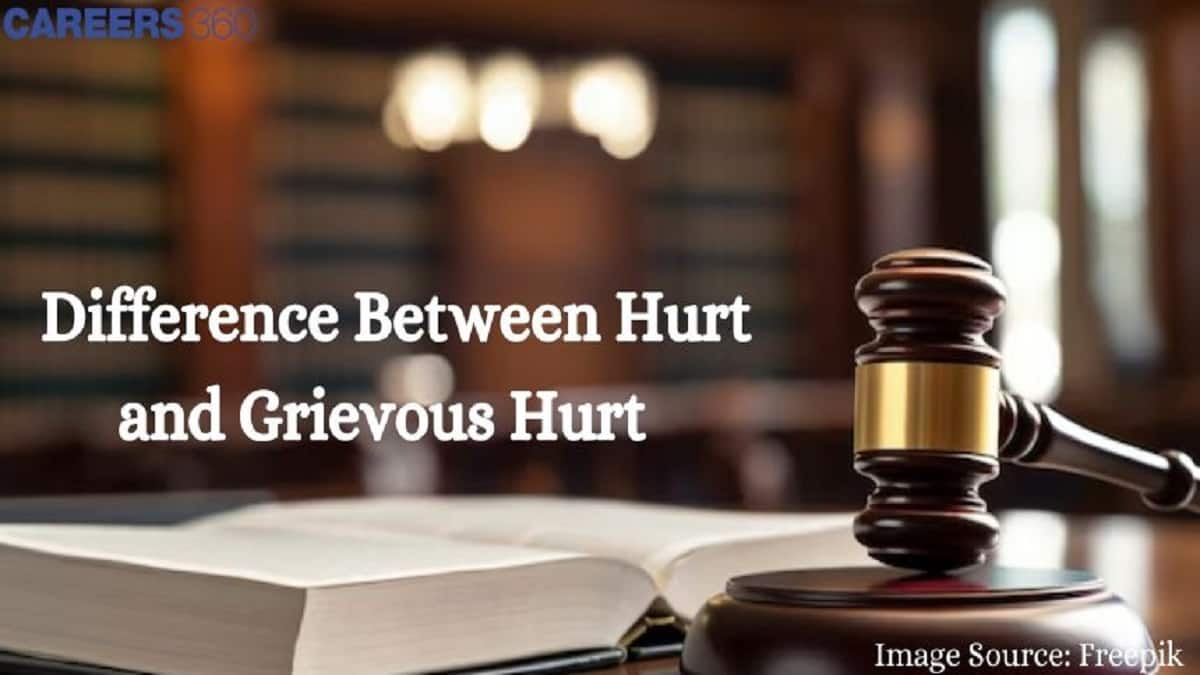
Meaning of Hurt
According to the IPC, hurt refers to an act of inflicting pain, suffering, or discomfort on another person; this might entail physical harm like agony or disorder or even a brief health problem. Hurt is defined in IPC Section 319. Determining the offence of hurt depends in large part on the intent and knowledge of the person causing the harm.
Noteworthy is the fact that Section 321 IPC refers to intentionally causing harm to someone when the perpetrator knows that the victim would suffer harm. This part does not address emotional or mental injury. Basic hurt is defined in Section 319, and severe hurt is defined in Section 320. These two types of injury are as follows. It is not required for there to be direct physical contact for there to be indirect Damage; harm can occur indirectly through other mechanisms.
Pain that is felt by the body as a result of genuine physical contact induced by an aggressive attack is referred to as injury. It covers minor injuries like scrapes and bruises. Section 112 of the Bharatiya Nyaya Sanhita, 2023 defines 'harm' as "Whoever causes bodily pain, disease, or infirmity to any person is said to cause hurt."
There are three key aspects of hurt:
- Body Pain
- Illness or Disease
- Infirmity to another
If a person conducts an act with the goal of causing harm to another person, or with the knowledge that he is likely to cause harm to another person, and subsequently does harm to another person, the person is said to have "voluntarily caused harm."
Essentials to Constitute Hurt
Below given are the essential conditions to constitute Hurt.
Bodily Pain
Physical discomfort is the main characteristic of suffering. For an action to be considered to have caused harm to the victim, the victim must experience pain, suffering, or other unpleasant feelings in their body. This pain can manifest itself in a variety of ways, from mild discomfort to severe agony. In this case, the focus is on how the victim's sensory perception was affected by the injury that was done to them.
Disease
In addition to causing them physical suffering, the injury may also result in the development of a transient illness or condition that has an impact on the victim's mental or physical well-being. This suggests that the action should have an impact on the victim's overall well-being as opposed to only causing them pain. A victim experiencing mental disorientation, disarray, or disruption may be referred to as having a disorder. Alternatively, the victim's physical health may be momentarily compromised by a slight illness brought on by the action. This element acknowledges that hurt encompasses a wider range of consequences beyond mere physical discomfort.
Mens rea and Actus reus
In Mens rea and Actus reus, the actus reus is the result of an act, one or more of the eight consequences listed in Section 320 will apply in this scenario. Mens rea is the mental component of a crime, and in this case, the injury caused by Section 322 must be done freely. Both Section 322 and Section 39 of the IPC explain voluntary harm. It refers to a behaviour that is motivated by both the desire to cause an event to occur and the knowledge or reason to believe that a specific outcome will occur.
Harm Resulting to Death
The accused will only be found guilty of "hurt" if the injuries were not severe and there was no intent to cause death or knowledge that death was likely to occur.
Meaning of Grievous Hurt
The term "grievous hurt" describes a more serious kind of physical harm. In Sections 320 to 338 of the IPC, grave harm is discussed in great detail. It includes a variety of particular injuries that are regarded as more severe because they could result in further agony, suffering, or long-term consequences for the victim.
A grievous injury goes beyond minor discomfort and is characterized by the potential to seriously jeopardize the victim's life, cause them to suffer for an extended length of time, permanently impair them, or have a major negative impact on their physical health. Sections 320–338 provide a comprehensive foundation for identifying and managing the various forms of severe pain.
Essentials to constitute Grievous Hurt
Below given are the essential conditions to constitute Grievous hurt.
Emasculation
According to the dictionary, this word means "removal of the male organ." In layman's terms, this could be seen as depriving a guy of his identity or sense of masculinity. This is a remark that only applies to males. One type of emasculation is castration, which entails chopping off the male genitalia, wounding the testicles, or rupturing the spinal cord from the second to the fourth lumbar vertebrae. This is in charge of erection, and injury to the spinal cord can result in impotence, which reduces one's ability to penetrate during sexual activity. The accused will not be prosecuted for emasculation if the male maintains the penetration power. Similarly, it is not emasculation to amputate a permanently flaccid penis, as in the case of a lumbosacral injury. Incurable does not imply permanent.
The first clause of the section under the code specifies that there must be an injury that has caused a loss of manly strength. Note that before convicting someone of causing great harm, it is necessary to rule out situations in which the victim was impotent before suffering an injury that would produce impotence. Because of the current language, it can be challenging to distinguish between different types of injuries. For example, there have been instances where severe injuries have been mistaken for simple injuries, and vice versa.
You can also check
- Criminal Breach of Trust
- General Principles of Criminal Law
- Consent in Criminal Law
- Theft, Robbery and Dacoity under IPC
Permanent Privation of the eye or ear
The Oxford Dictionary defines privation as the "loss of basic things that people need for living." It is possible to lose vision by sticking objects in the eyes, dousing them with chemicals, etc. Even though eye injuries are frequent and frequently caused by fists or hands, only serious injuries to the eyes that result in permanent blindness are classified as severe injuries. Note that a transient loss of vision does not qualify as severe harm; therefore, the sufferer must be permanently deprived of vision in one or both eyes.
The term "deprived of sight" does not only refer to a nearly total absence of vision; it also covers a loss of an eye's quality or characteristic. Furthermore, the phrase says nothing about how great the trait or attribute is. Since some victims attempt to deceive the doctor by appearing to have injuries, a thorough examination and history check must be performed in advance to determine the true nature of the injury. Therefore, a doctor should provide his or her advice once the damage has fully healed.
Permanent Privation of Ear
Under this rule, permanent injury to the ears is considered grave harm. A strike to the head or ear, blows to the tympanum or auditory nerves, pouring liquid into the ears, or blasts that result in deafness can all cause permanent damage to the ears. According to Section 320 IPC, clause 3, the degree of ear loss determines whether the injury qualifies as simple hurt or serious hurt. The victim's pre-injury hearing status served as the foundation for the report.
Permanent Privation of joint or any Member
The terms "member" and "joint" refer to any part of the body having a distinct morphological and functional identity, as well as any organ, limb, or portion of a man that is capable of performing a specific function for the purposes of this clause. An articulation that connects two neighbouring bones is called a joint. A joint is deemed severely injured if it stiffens as a result of the injury. Clause 4 states that temporary privation of any member or join is also regarded as grievous harm, in contrast to the privation of an eye or ear, and that permanent privation of any member or join is not necessary to qualify as such.
It's crucial to keep in mind that eyes and ears are also considered members under section 320 of the IPC. Therefore, temporary deprivation can be considered grave damage. Even though it may appear contradictory, the victim's extreme suffering as a result of the harm makes this brief loss qualify as terrible hurt. The permanent damage or destruction of a member's or joint's power is also covered by clause 5.
Permanent Impairing of powers of any joint or limb
A person becomes permanently defenceless and handicapped when they are unable to use any limb or joint. Permanent impairment of the powers, including the ability to use a particular limb or joint, is mentioned in this clause. It is possible to think of the loss of a hand or limb as the loss of a joint or member, and in the same way, one may think of the loss of a tiny finger. Any sustained decrease in the victim's usefulness is therefore regarded as grave injury. The Code is silent on the subject since the Officer has the authority to interpret it and determine the proper penalty. Unfortunately, there aren't any case laws that illustrate how different punishments for different offences should be applied to guilty parties.
Disfiguration of head or face
This categorizes severe injuries as limited to permanent facial or head disfigurement. The Black's Law Dictionary defines permanent disfiguration as the result of an accident or damage that destroys appearance, symmetry, or attractiveness. Section 320 IPC defines grave hurt, even in cases where the victim has suffered from deformity but the organ's basic functioning is unaffected. The resulting disfigurement must be of a permanent kind. Cutting off any organ on the face is an example of disfiguration, and facial incisions are regarded as severe injuries.
In the case of Ganga Ram v. State of Rajasthan
In this case, The Rajasthan High Court ruled that this section applies when someone cuts the bridge of their nose with a razor or other sharp object, resulting in a permanent disfigurement of the face.
Dislocation or fracture of Bone or Teeth
Whether or whether they need medical care, fractures or dislocations caused by an act are considered terrible harm. The inclusion of this information recognizes the gravity of bone fractures and dislocations, which often require medical care, result in severe pain, and restrict movement.
It should be mentioned that dislocation does not cause permanent harm if it is addressed promptly. In terms of the severity of the injury, the examining physician bears greater responsibility in cases of tooth fracture or dislocation. It is necessary to consider factors such as gum health, teeth slipping, dental hygiene, etc., and the opinion should be objective and reasonable.
Grievous Hurt endangering Life
The grievous injury also includes injuries that are dangerous to life or result in excruciating pain that lasts for at least twenty days. This component understands that discomfort extends beyond the short-term bodily repercussions; it also takes into account possible long-term ramifications and identifies behaviours that endanger life or cause excruciating pain.
Punishment for Grievous Hurt
In India, grievous hurt is considered a serious crime since the victim experiences physical harm. The offence of significant harm is defined by Section 320 IPC, and the punishment for the offence is defined by Section 325 IPC.
It provides that the offender faces a maximum seven-year prison sentence, together with a fine. Section 335, which addresses purposely causing serious injury upon provocation, is exempt from this rule.
You can also check
Various Provisions of Grievous Hurt under IPC
The Indian Penal Code lays down the provisions of Grievous Hurt. Below given are the various provisions of Grievous Hurt under the IPC.
Grievous Hurt Resulting to Death
In cases of significant injury, the harm only poses a threat to life; in cases of culpable homicide that does not qualify as murder, the harm is likely to result in death. The difference There is a very fine line separating serious injury from guilty murder. Section 302 rather than section 325 should apply in cases where the evidence shows that the attackers intended to kill.
In the case of, the Government of Bombay v. Abdul Wahab
In this case, The court observed that there is a very thin line separating culpable homicide that falls short of murder from grave damage. In one case, the injuries must be serious enough to be a death threat, whereas in the other case, they must endanger life.
Voluntarily Causing Grievous Hurt
Deliberately causing grievous hurt is defined under Section 322 IPC, as an offence wherein a person deliberately causes hurt to someone, knowing that the injury inflicted by him will amount to serious hurt is known as Voluntarily causing grievous hurt. The essentials under this section are
It is necessary for the one hurting another person to have the knowledge and intent to do them great harm.
He has to be responsible for extremely serious injuries.
Grievous Hurt by using Dangerous weapons
This is outlined in Section 326 of the Indian Penal Code, which declares that the following acts constitute serious pain to an individual. The prerequisites for this section are
There needs to be serious injury done.
The weapon used to inflict the harm had to be dangerous and fall under one of the specified categories.
The provisions of Section 335 IPC do not apply to the offender.
Grievous Hurt by Use of Acid
Anyone who administers acid to another person, throws acid on them, or employs any other method to burn, maim, disfigure, or incapacitate another person is guilty of this offence if he knows that he is likely to do grave physical injury, whether on purpose or accidentally. Anybody who causes harm faces a maximum punishment of life in prison, as well as a fine and imprisonment of any sort for a term not to exceed ten years: Care provided to the victim: As long as the fine is reasonable and enough to pay for the victim's medical expenses, In addition, any fine assessed in compliance with this section needs to be given to the victim.
According to this clause, the penalty is a fine and a term of imprisonment that cannot be less than ten years or more, with the possibility of life in prison. Such a fine, which will be given to the victim directly, must be sufficient to cover the victim's medical costs.
Difference between Hurt and Grievous Hurt
Basic Difference | Hurt | Grievous Hurt |
Provisions under IPC | Section 319 of the Indian Penal Code 1860 deals with Hurt | Section 320 of the Indian Penal Code 1860 deals with Grievous Hurt |
Nature of the offence | The offence of harm is not a serious offence and is simple. | The awful harm exacerbates the injuries from the minor hurt. |
Impact of the offence | A minor injury does not endanger the victim's life. | Because of the severe injuries, the victim's life might be in danger. |
Classification of the offence | One crime that is difficult to identify is simple hurt. | Serious injury is a crime that can be prosecuted. |
Punishment for the offence | A person who breaches Section 323 of the Indian Penal Code may be sentenced to a maximum of one year in prison, a maximum fine of one thousand rupees, or both. | According to Section 325 of the Indian Penal Code, a person who violates this provision faces up to seven years in prison as well as a fine. |
Conclusion
This article describes the provisions on the hurt and grievous hurt as given under the Indian Penal Code 1860. According to the Indian Penal Code, hurt is defined as doing something that causes another person pain, suffering, or distress. This can involve transient health problems as well as bodily injury like distress or disorders. In the IPC, injury is defined in Section 319. "Grievous hurt" describes a more serious kind of injury to the body. The IPC goes into great length in Sections 320 to 338 about severe harm, which encompasses a range of particular injuries that are considered more serious because they can cause the victim to experience additional pain, suffering, or long-term repercussions.
Frequently Asked Questions (FAQs)
Only the following types of pain are classified as "grievous": reduction in stature. permanent loss of vision in one or both eyes. permanent deprivation of either ear's hearing.
The offence under this section of IPC is bailable.
Hurt: The most common types of injuries are physical discomfort, disease, or deformity. Grievous Hurt: Serious injuries can have long-term or permanent effects, possibly including damage to vital body organs like the joints, eyes, or ears.
Your body can be damaged by an injury. This all-encompassing phrase covers injuries brought on by mishaps, falls, strikes, weapons, and more.
Hurting someone is defined as causing them physical discomfort, illness, or disability




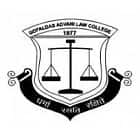



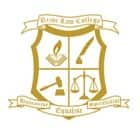





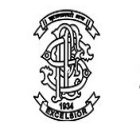









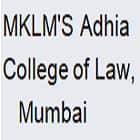









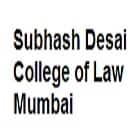
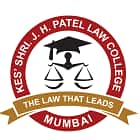

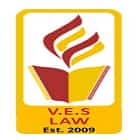


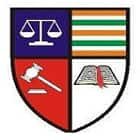
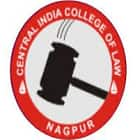

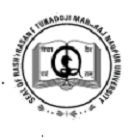






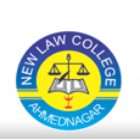







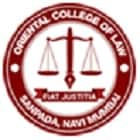


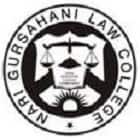

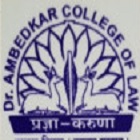

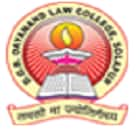



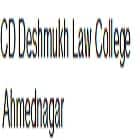







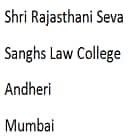


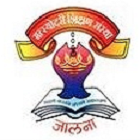

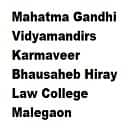






.jpg)












